Three factors are involved in the construction of a couture creation. (The art of fine sewing.) They are sewing, fitting, and pressing. Most home sewers omit pressing. To change the quality of your garments from 'home made' to 'couture creation' requires good pressing.
In the finest couture houses of Paris, London and Rome the pressers often get paid more than the sewers. They use 12 to 15 pound irons and billows of steam. Heat, steam, pressure and time are factors that shape the garment just as much as the stitching. In all of the classes on fine sewing techniques the instructors say to use, one-third of your time fitting, one-third of your time sewing, and one-third of your time pressing.
Prove to yourself the power of the press.
1. Cut out 4 squares of fabric about 4 inches x 4 inches.
2. Sew them together to make a quilt block
3. Press the quilt block.
Do it the couture way.
1. Cut out 4 squares of fabric about 4 inches x 4 inches
a. Sew them into sets of two
b. Press the seams flat, just the way they went under the presser foot of the machine. This is called melding. It embeds the thread in the fabric.
c. Open the sets and press the seam to one side. Press on both sides.
d. Allow the sets to cool on the ironing board. After heating, the fibers must cool in place so that the crease is set. Moving them before they are cool can undo the hard work.
2. Make a quilt block.
a. Align the sets with the seam allowances going in opposite directions.
b. Sew the sets together.
c. Meld the seam by pressing the seam as it went under the presser foot.
3. Open out the quilt square and press on both sides.
Can you see the difference in the quilt squares? The first block will have puckers where the seams meet. The second will lay flatter and smoother. All of that pressing takes time. The purpose of sewing at home is not to make it fast, but to make it perfect.
Tools for pressing: Ironing board, cover, pad, and iron.
How old and rickety is your ironing board? Does it wobble when you try to press and is the top level? The best ones have four separate feet. They are much more stable than the T-bar styles. The new wider boards make ironing square dance clothes much easier and are worth the investment. Look for a heavy-weight board that has a solid latching mechanism on the bottom. This is for safety, not just for convenience.
The best cover for an ironing board is NOT a shiny silver one. This can cause the fabric to scorch because of reflected heat. Steam can't pass through so the fabric stays soggy and doesn't cool properly. It can also get soiled and transfer stains onto the next project. The best cover for the ironing board is one you make from old sheets or table cloths.
The best pad is two or three of layers of Army type wool blankets. The wool can withstand any amount of heat, and it has the ability to pull the moisture away from the cover. To make a pad just use the cover for a pattern, it should wrap completely over the sides of the board.
Your most important tool - your iron. Depending on the age of your iron, the heating element may be burned out, causing the temperature settings to be inaccurate. If it is spitting brown stuff on your projects that is from burned mineral deposits in the water tank. To clean the water tank, dump out the water, fill the iron with white vinegar. Let it sit overnight. Dump out the vinegar, rinse and use. It will smell funny at first but it won't hurt anything. To clean residue on the sole plate of the iron, purchase iron cleaner from your fabric store.
To effectively use the iron while sewing, turn it on when starting sewing. Sew several seams, as long as they don't cross another seam. Then stand up and press the seams. The getting up and down from the sewing machine will help stretch back muscles and keep legs from cramping. Meld each seam first. Then press the seam. When pressing a seam open or to the side always press both sides of the garment.
Pressing, the couture way, will make sewing easier and reduce problems. The garment will show the increased time and effort put into it by the way it looks on the dance floor. It is the little details that make a big difference in sewing.
